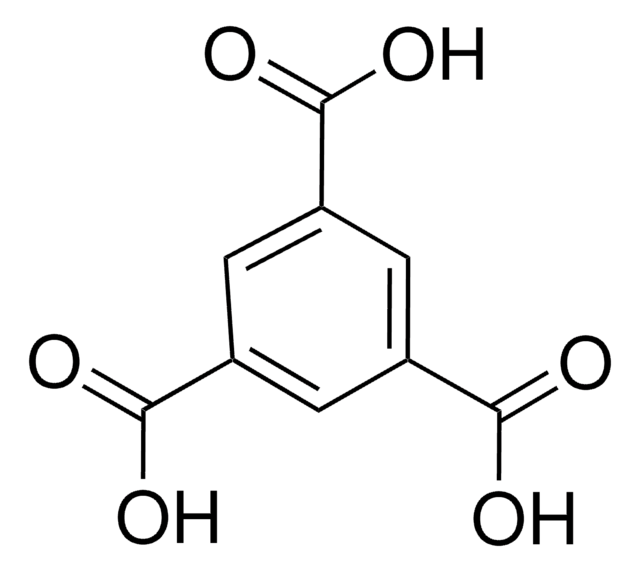369489
Titanium
foil, thickness 2.0 mm, 99.7% trace metals basis
About This Item
Polecane produkty
Próba
99.7% trace metals basis
Postać
foil
temp. samozapłonu
860 °F
rezystywność
42.0 μΩ-cm, 20°C
grubość
2.0 mm
tw
3287 °C (lit.)
mp
1660 °C (lit.)
gęstość
4.5 g/mL at 25 °C (lit.)
Zastosowanie
battery manufacturing
ciąg SMILES
[Ti]
InChI
1S/Ti
Klucz InChI
RTAQQCXQSZGOHL-UHFFFAOYSA-N
Ilość
Kod klasy składowania
13 - Non Combustible Solids
Klasa zagrożenia wodnego (WGK)
nwg
Temperatura zapłonu (°F)
Not applicable
Temperatura zapłonu (°C)
Not applicable
Środki ochrony indywidualnej
Eyeshields, Gloves, type N95 (US)
Certyfikaty analizy (CoA)
Poszukaj Certyfikaty analizy (CoA), wpisując numer partii/serii produktów. Numery serii i partii można znaleźć na etykiecie produktu po słowach „seria” lub „partia”.
Masz już ten produkt?
Dokumenty związane z niedawno zakupionymi produktami zostały zamieszczone w Bibliotece dokumentów.
Produkty
Biomedical implants are essentially foreign substances within the human body that must survive many years’ exposure to demanding mechanical and physiological conditions. Despite these challenges, metal implants have been widely used to substitute for or rebuild hard tissues such as bones and teeth.
Nasz zespół naukowców ma doświadczenie we wszystkich obszarach badań, w tym w naukach przyrodniczych, materiałoznawstwie, syntezie chemicznej, chromatografii, analityce i wielu innych dziedzinach.
Skontaktuj się z zespołem ds. pomocy technicznej

